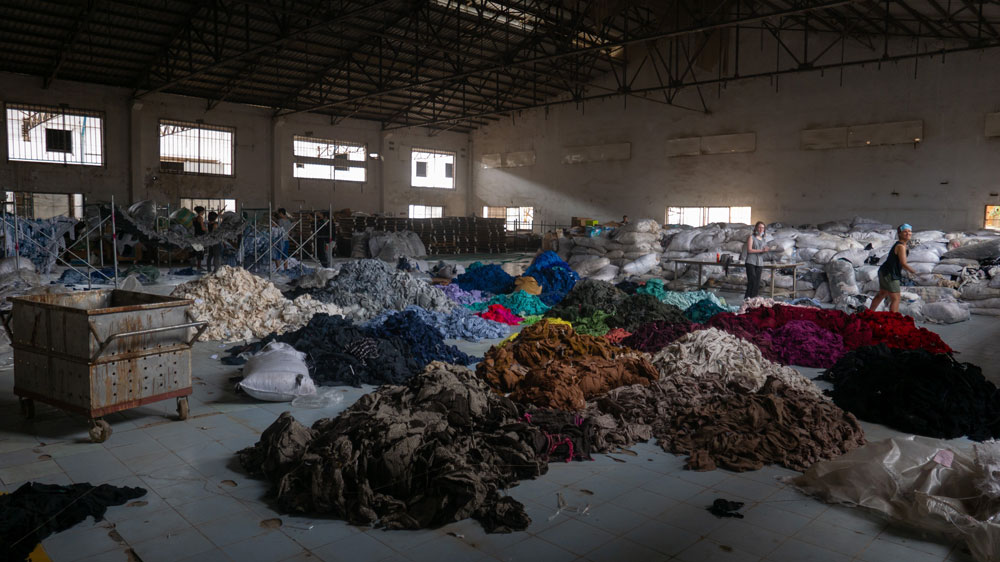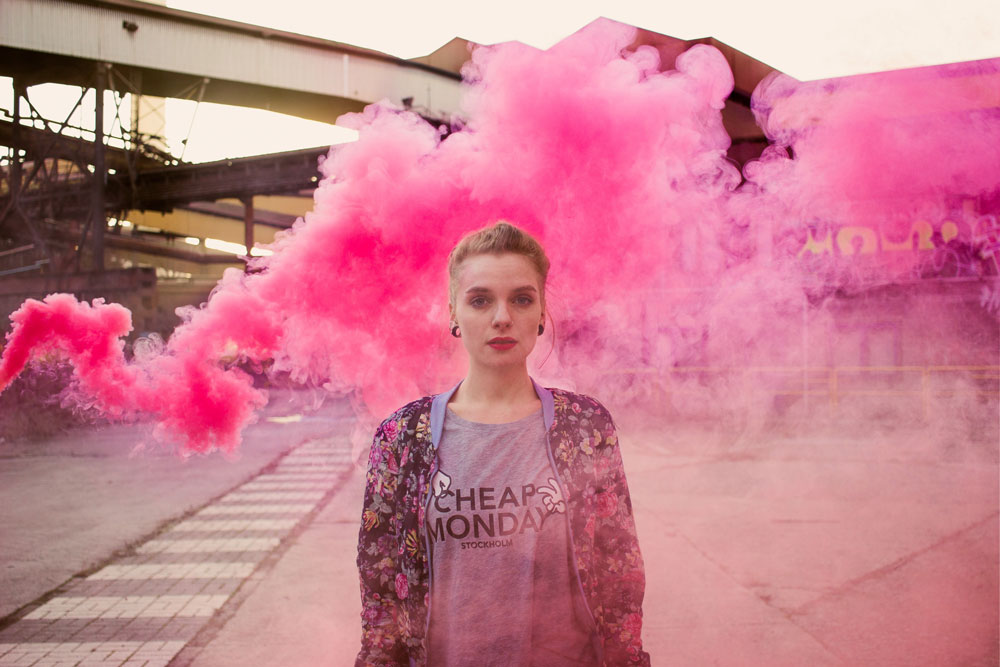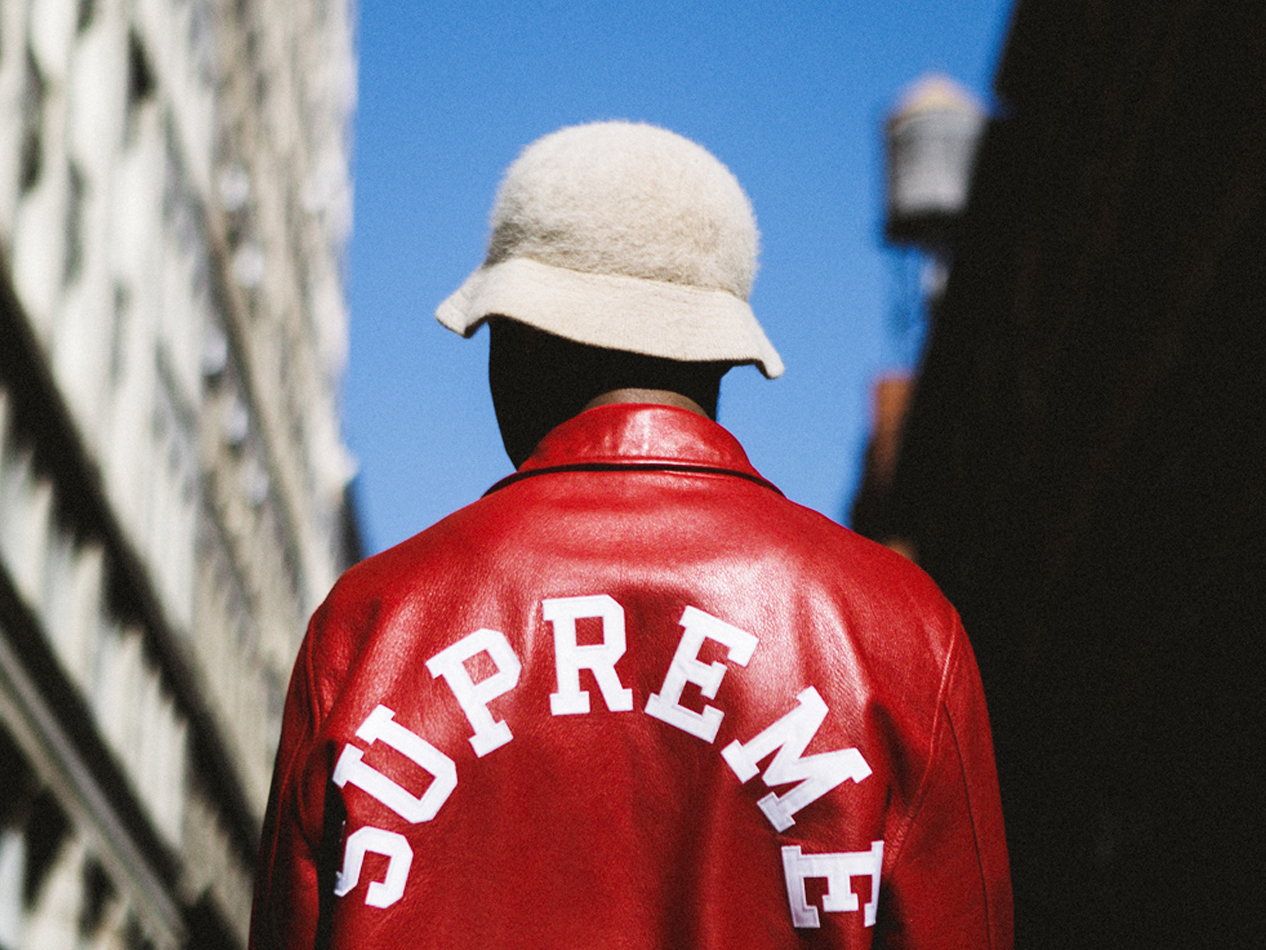For many young designers, taking their business to the next level can be a daunting prospect, particularly if it requires an investment of funds that might not immediately be available.
“It’s really easy to lose track of what it is that you are focused on,” says Fyodor Podgorny of Fyodor Golan. “You start spreading the money all over the place and nothing really gets accomplished.”
Last year, Fyodor Golan was awarded a grant from the British Fashion Council Fashion Trust, which provides support to UK-based designers through financial grants, mentoring and graduate placements.
With nearly £1 million awarded to 32 designers since its inception in 2011, the BFC Fashion Trust has helped support creative talent including Christopher Kane, Erdem and Mary Katrantzou at pivotal points in their careers.
Cash flow in fashion is so difficult and for young designers it’s really easy to get a grant and not even understand where the money went.

1. Build Production Partnerships
“Production was one of our tougher lessons,” says Podgorny. Both he and Frydman admit that while they put a lot of effort into meeting with prospective buyers in their first season, they hadn’t prioritised meetings with potential manufacturers, which meant they struggled to profit from their first big order from Harvey Nichols.
“We didn’t make any money on it,” says Podgorny. “We had to hire extra people just to help us make it. It was kind of a learning curve and it was a hard season and it was really really tough.”
The experience taught the pair to ensure their next steps in business were well thought-out, so when they applied for a BFC Fashion Trust grant to launch a denim collection, finding the right manufacturing partner was key. “We definitely needed to understand the background of producing the denim collection and the manufacturing processes behind that so that we put down real roots into building this into something substantial that could really support and help the business grow and expand into a whole new category,” says Frydman.
“We have new accounts now that are only buying our denims, that come to us every season,” he adds. “We have accounts that only started with denim because that is what attracted them as a slightly more familiar type of garment, than what we normally do in our collections and now, have started to venture into buying into the mainline as well. So it’s definitely helped our business.”
2. Make Sure Your Pricing Is Right
For Eudon Choi, who was awarded a grant last year, repositioning his namesake brand’s pricing structure has been key to its success. “We wanted to look at our price structure and so we actually spent some time travelling to other European countries as well as sourcing a new factory, which actually worked brilliantly, and really resulted in a great sales season,” he says.
“We moved the production thanks to the help from funding and I was able to hire two people to look into the possibility of changing our manufacturing,” says Choi. “[They] were able to go out there and meet the suppliers and manufacturers and just to explore the idea. My business has become healthier and more attractive for the buyers as well,” he adds.
Choi, whose business plan also included relaunching his e-commerce offering, says he had significantly benefitted from the mentoring offered by the BFC Fashion Trust. “The most valuable part is… the support,” he says. “Being paired with a financial expert who just goes through your finances is so helpful.”
3. Invest in Your Team
The ability to expand a brand’s workforce offers the opportunity to boost production and expand into new categories. For Phoebe English, it meant she was able to meet demand for her menswear line and double production from two to four collections a year.
“Our business had doubled in workload, we were at the point where we needed extra guidance and resources to mange this new area,” she says. “Receiving the Fashion Trust [grant] allowed me to better equip the company and infrastructure of our staff to manage this growth, we now have the manpower to better develop and produce four collections a year.”
It’s an experience shared by Sophia Webster, who received a grant in 2015.
“I was fortunate enough to receive a grant when my business was experiencing rapid growth and the grant allowed me to employ two junior team members,” says Webster. “We had already employed 16 new team members that year and without the grant, those two talented young people would have slipped through our fingers.”

3. Invest in Your Team
The ability to expand a brand’s workforce offers the opportunity to boost production and expand into new categories. For Phoebe English, it meant she was able to meet demand for her menswear line and double production from two to four collections a year.
“Our business had doubled in workload, we were at the point where we needed extra guidance and resources to mange this new area,” she says. “Receiving the Fashion Trust [grant] allowed me to better equip the company and infrastructure of our staff to manage this growth, we now have the manpower to better develop and produce four collections a year.”
It’s an experience shared by Sophia Webster, who received a grant in 2015. “I was fortunate enough to receive a grant when my business was experiencing rapid growth and the grant allowed me to employ two junior team members,” says Webster. “We had already employed 16 new team members that year and without the grant, those two talented young people would have slipped through our fingers.”
4. Consider a Business Partner
Several designers wish they had considered joining forces with a business partner at an earlier stage. For Choi, who runs his label alone, he appreciates being educated and mentored by the Fashion Trust on how to look at his finances in a pragmatic way.
“I’m not really a business person, I am a designer but I have to just run my business and sometimes it’s really, really hard to have perspective on your business,” he says.
It’s a view shared by fellow grant recipients David Koma and Osman Yousefzada, who both believe that having a partner who understands the financial and business side of fashion can really help in the early stages and allow them to focus more on the creative side.
“What I would probably [advise] is having a business partner right from the beginning and not trying to do it by yourself” says Yousefzada. “Two heads are better than one.”
5. Know Where You Want Grow
“You always need to be quite specific about any sort of money that you get into a business,” says Yousefzada, who has received two grants from the BFC Fashion Trust, to help with intellectual property and hiring merchandising staff.
“You can always have… a slush fund, that kind of helps you with your cash flow but if you want to actually make any money, especially in this kind of business where it just eats cash basically, you don’t always have time to actually just look back and kind of evaluate.”
“We appreciated, in hindsight, having our hand held and saying, ‘You’ve got to spend it like this,’” says Matthew Harding of Palmer Harding, which was awarded grants in 2015 and 2016. “Rather than, ‘Here is a chunk of money do whatever you want with it,’ we had to spend it on hiring a studio assistant who is now a crucial part of our team, and strengthening our e-commerce offering.”
For Koma, who was awarded a grant in 2015, “we knew exactly where we were spending and the amount of money that we received was just enough to do that,” he says. “When it comes to business and money, it’s very tricky. You need to think well ahead, and be planned and organised. It’s a great initiative that supports young designers, whatever they need. And for us it was kind of necessary. We were planning to do it anyway and with their support, it was kind of much easier and qualitative.”



